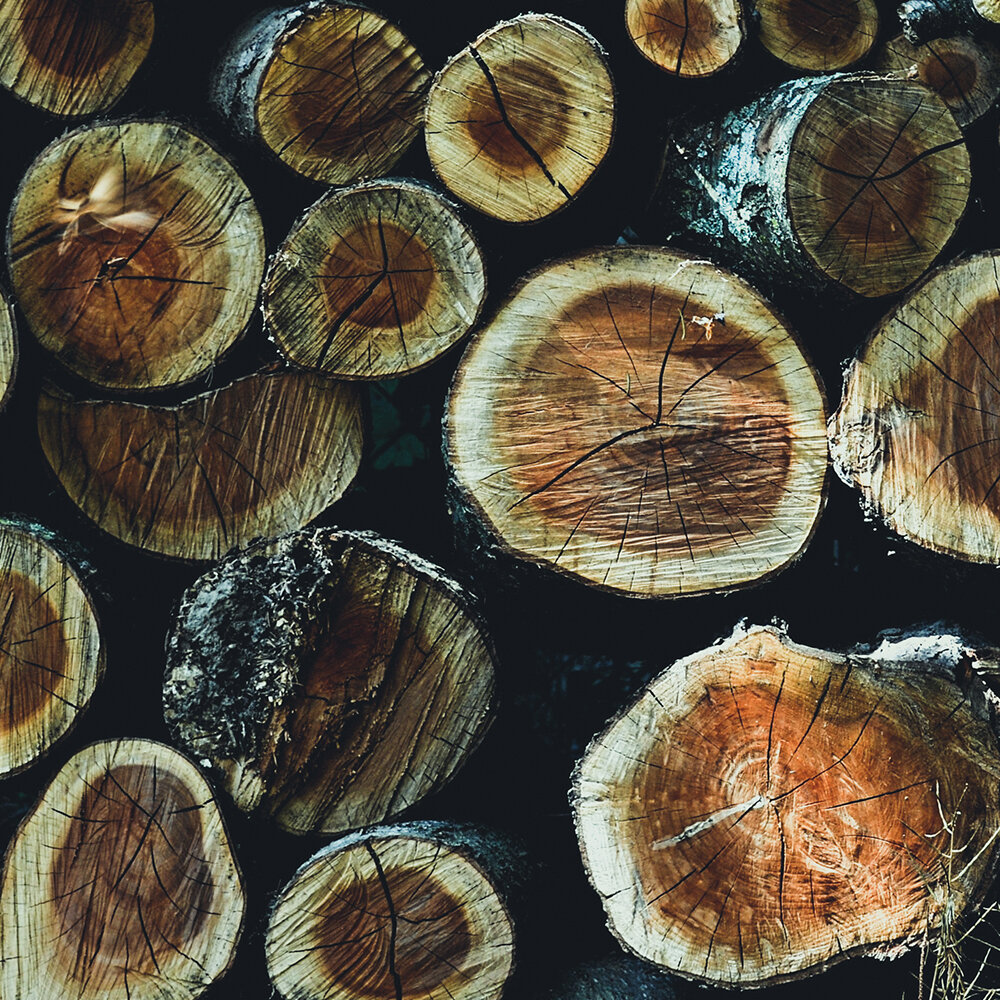Natural Ingredient Overview
🏭 Manufacturer (if available): Multi-source (U.S.A., Mexico)
🔎 Chemical name: Essential oil of Juniperus mexicana
🧪 Synonyms: Texas Cedarwood Oil, Juniperus deppeana oil
🧬 Chemical Formula: Complex natural mixture; major component: cedrol
📂 CAS N°: 68990-83-0
📘 FEMA: 2288
⚖️ MW: Not applicable (natural complex substance)
📝 Odor type: Woody
📈 Odor Strength: Medium
👃🏼 Odor Profile: Clean, dry woody, with pencil shaving nuance and sweet balsamic drydown
⚗️ Uses: Woody, leather, amber, fougère bases; blender for ionones, nitro musks, and patchouli compositions
🧴 Appearance: Pale yellow to amber liquid
What is Cedarwood Texas Oil?
Cedarwood Texas Oil is an essential oil extracted via steam distillation from the heartwood of Juniperus mexicana (syn. Juniperus deppeana), a slow-growing evergreen tree native to the southwestern United States and northern Mexico. This species produces an aromatic wood that yields an oil rich in sesquiterpenes, especially cedrol, which contributes to its balsamic facets. The wood is typically powdered before distillation to ensure optimal oil yield, particularly given the high molecular weight of its principal constituents.
Olfactory Profile and Perfumery Applications
The oil opens with a fresh-cut wood impression and develops into a clean, dry woody accord with sweet balsamic undertones. Often described as resembling pencil shavings, its olfactory profile is appreciated for bringing dryness, weight, and balance to perfume compositions. Cedarwood Texas functions primarily as a mid-to-base note, with excellent persistence (up to 24 hours in blotter tests). It blends especially well with methyl ionone, cinnamic alcohol, nitro musks, vetiver oil, and amber bases, and is frequently used in leather, fougère, and resinous-woody accords. Its ability to round out harsh top notes and stabilize volatile florals makes it a staple in base note construction.
Industrial and Technical Uses
Beyond fine perfumery, Cedarwood Texas Oil is used in soap fragrances, candles, room sprays, and diffusers for its clean and grounding woody scent. In aromatherapy and natural product sectors, it is also valued for its grounding properties. Its sesquiterpene content, particularly cedrol, contributes mild antimicrobial properties, although these are not a central factor in fragrance use. It is also applied as a mild fixative in incense and natural air care systems.
Regulatory and Safety Overview
IFRA Restrictions: Not restricted under IFRA 51st Amendment
EU Allergens: Not among the 26 declarable fragrance allergens under Annex III
FEMA GRAS Number: 2288 — Approved for flavor use (minimal)
ECHA Classification: Not classified as hazardous for perfumery use
REACH Registration: Fully registered in the EU for fragrance applications
Toxicology Notes: Low dermal sensitization potential; non-irritant at standard concentrations
✅ No regulatory concern at typical usage levels in fragrance applications.
Ingredient Connections and Synergies
Cedarwood Texas Oil shares functional and olfactory affinities with:
Sources
Steffen Arctander – Perfume and Flavor Materials of Natural Origin
IFRA Standards Documentation (51st Amendment)
ECHA Substance Information
FEMA GRAS Database
PubChem CID 12315419
Fulvio Ciccolo – Scentspiracy Technical Archive and Scentspiracy team











